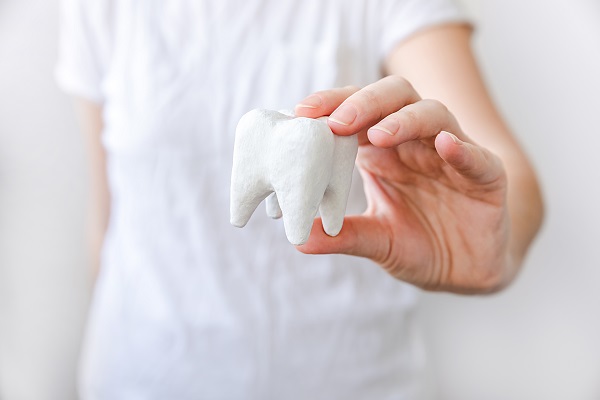How a Family Dentist Treats Tooth Decay

Many patients are not aware of the implications of tooth decay, nor how a family dentist would treat the condition. According to the National Health Institute, over 91 percent of people in the USA have experienced at least one cavity in their lifetime.
How tooth decay happens
Tooth decay is often used interchangeably with cavities and dental caries. Cavities are called tooth decay because they are the parts of the tooth that decay. The tooth is mostly made of minerals such as calcium and phosphate, making it the hardest part of the body. This does not make it indestructible, as poor oral hygiene routine can render the tooth weak and vulnerable to decay.
When you eat, the sugary remnants from foods in the teeth bind with the bacteria present in the mouth to produce acidic plaques which stick to the teeth. If you fail to brush off the plaque, the acid will gradually dissolve the tooth enamel, eventually causing erosion and decay.
When you visit the family dentist for your dental appointment, they will examine your teeth and gums for potential signs of decay. Since tooth decay usually reaches an advanced stage before showing any symptoms, regular dental visits will ensure prompt detection and treatment. It will also help to prevent gum diseases.
Treating tooth decay
Once a portion of the tooth decays, it cannot be reversed. The dentist must remove the decay and repair the tooth. The method of restoring the tooth depends on the severity of the tooth decay. Below is an overview of how a family dentist treats tooth decay, depending on the stage of the condition.
Early treatment options
If the tooth decay is still in its initial stages, the family dentist can repair the tooth with non-invasive techniques. If a little patch of decay is detected and has only affected the surface of the enamel, the dental expert may suggest brushing the teeth with a special toothpaste to halt the progression of the dental decay. This level of decay does not usually require a filling.
Middle-stage treatment
If the tooth decay is not treated while it is still on the enamel surface, it will begin to spread or dig deeper into the inner layer of the tooth. Once the decay reaches the dentin, which is the core center containing pulps and nerves, a dental filling would be required to treat the decay. The dentist will drill out the decayed part carefully and fill the space with silver or tooth-colored composite resin material. After placing the filling material, the patient will once again have the use of their teeth.
Advanced decay treatment
A tooth decay that has been neglected for several months or years could cause a situation known as a tooth abscess. If the decayed tooth is abscessed, the patient could be at the risk of a life-threatening infection. To treat this level of decay, the dentist must perform a root canal or tooth extraction. The root canal treatment is done to clean out the decayed part of the tooth, down to the root.
The bottom line
If you notice any changes on your teeth, book an appointment with your family dentist right away.
Request an appointment here: https://www.oaktreedentalashburn.com or call Oak Tree Dental at (703) 945-1285 for an appointment in our Ashburn office.
Check out what others are saying about our services on Yelp: Read our Yelp reviews.
Recent Posts
Thinking that you should get a smile makeover so you can feel great about the way you look when you smile? New dental technologies allow for many makeover options nowadays, which means you get to pick and choose how you want your smile to look. You can even have your smile made over in one…
Your kid friendly dentist understands how difficult it is to motivate kids to brush their teeth. Children often think of brushing as a tiring activity. Proper motivation can help them form this healthy habit. If you want to give your kids stronger reasons to brush, here are some details from a kid friendly dentist.Brushing two…
Missing teeth can impact the appearance of the smile and make it difficult to speak, chew, and eat. Dental implant restoration is a method of replacing missing teeth that can improve the appearance of a patient's smile and restore the function of the teeth.Implant restoration involves surgically placing artificial tooth roots into the jaw of…
Treating crooked teeth does not just improve your smile's appearance; it can also improve your dental health. Clear braces can straighten teeth, offering numerous benefits: Lower risks of tooth decay Lower risks of gum disease Decreased tooth or jaw pain Improved digestion Improved speechEven though they do not utilize traditional wires, brackets, and bands, clear…


